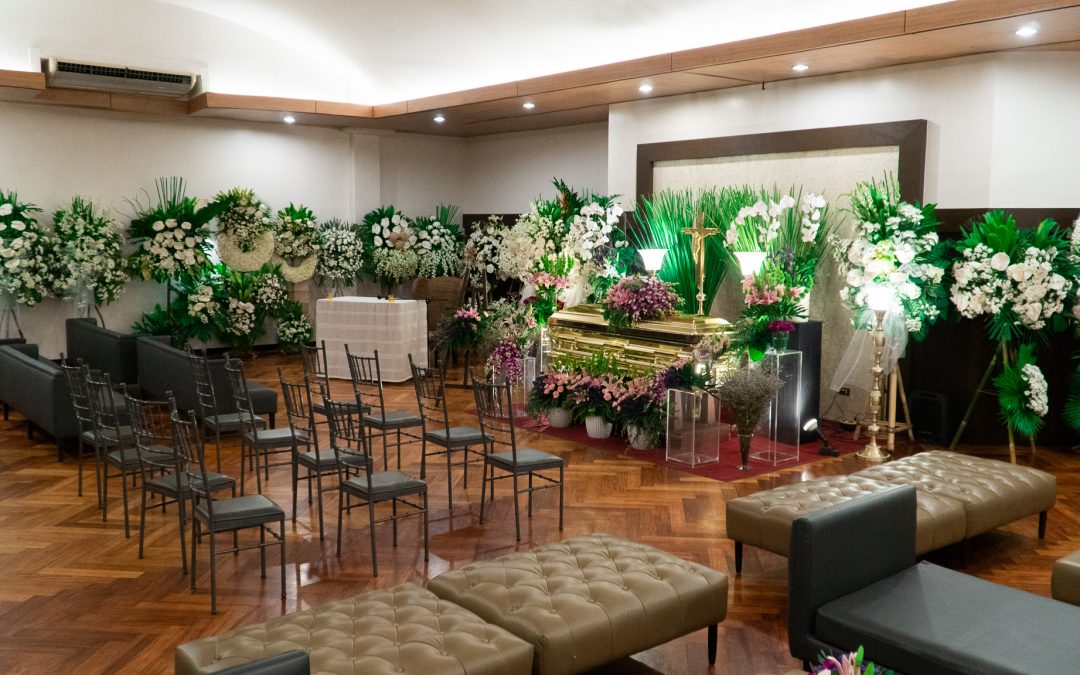Choosing between Cremation and Burial

The Process
Before cremation/burial
Embalming is optional for cremation. It is only required if viewing happens before the cremation. In the Philippines, viewing is usually included in the funeral service for burial which makes embalming a necessary requirement. The choice to view the body before cremation or burial is a usual practice among Filipinos to give chance for the family, relatives, and friends of the deceased to give their final respects. However, the family of the deceased has the choice to skip this practice of public viewing and go directly to cremation or burial..
During cremation/burial
Giving the proper respect to the body of the deceased is one of the primary concerns when choosing between cremation and burial. Cremations are performed individually for each body. This should ease the worry that cremation may mix the deceased person’s ashes with others. The difference between cremation and burial is that the body remains intact during burial, which allows the people to view it instead of an enclosed urn. However for cremation, the family may choose to hold the public viewing before the cremation process.
After cremation/burial
For burial, the body may be interred in the ground or in a mausoleum. However, cremated remains may be kept in an urn, entombed in a columbarium, or may be placed by the family in another suitable location. While the practice is not encouraged due to the big influence of Catholic teaching in Filipino culture, some may choose to scatter the ashes in memorable or meaningful locations as requested by the deceased.
Surrounding beliefs based on tradition and religion
For some cultures and family traditions, the effort to preserve the integrity of the body is part of paying respects to the deceased’s memory. Some people also regard interment as the respectful way of sending off the deceased. More traditional families believe that cremation violates the beliefs and practices aforementioned.
The religious belief of the deceased and his or her family is considered a major factor in deciding whether the family will opt to bury or cremate the deceased. Some Christian denominations do not allow cremation because of the belief that the body will be resurrected from the dead. Muslims and the Eastern Orthodox Church forbid cremation as well. However, some Catholics and Jews already accept cremation as a respectful way of honoring the remains of the deceased.
There are other considerations that may not be included in this discussion. Some families carry a particular tradition about honoring the dead that may not be common to others. These considerations may affect the decision of the family in choosing between cremation or burial. In the end, it is best to discuss all possible options with other members of the family before making a decision so as to properly honor the memory of the deceased loved one.
The Heritage Sentinel: Stories and Information

Pasiyam
Pasiyam: What is it and why do we practice it? Someone once said that absence is presence. An apt phrase that is the epitome of mourning. In the Philippines, we have quite a few traditions to honor the deceased. If you’ve been to a burial, chances are you’re vaguely...

Virtual Funerals
Why Virtual Funerals Bring Us Closer Than Ever The solemn act of remembering Funerals have always been about venerating the recently deceased. It is a tradition that aims to encapsulate the memories, emotions, and milestones of the dearly departed. Attendees are the...

